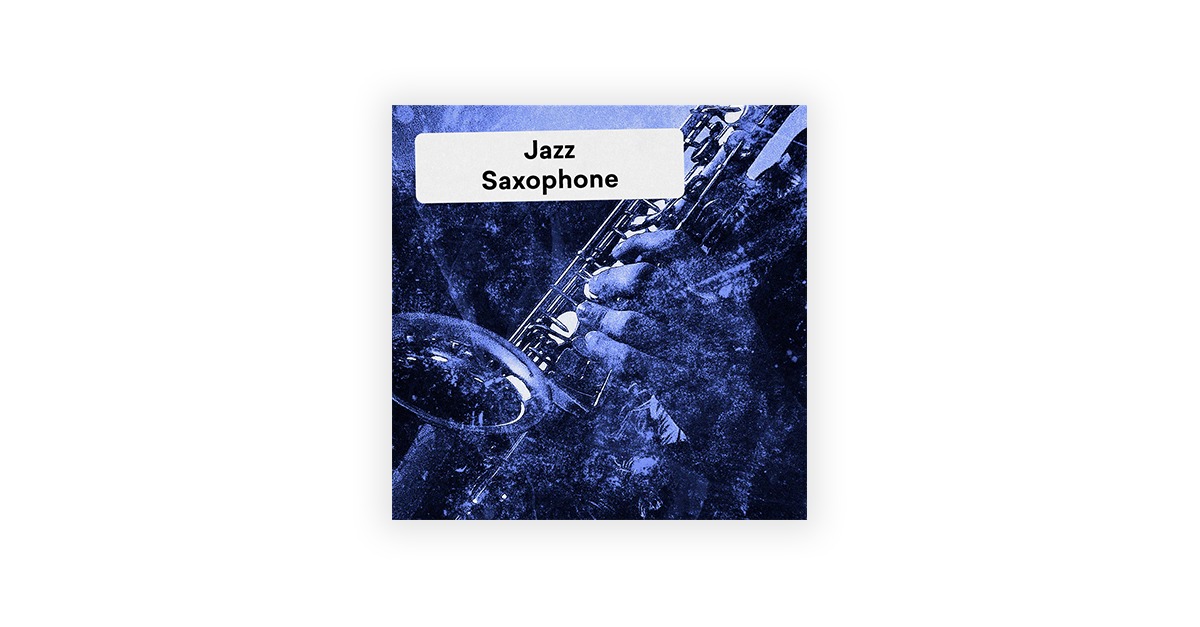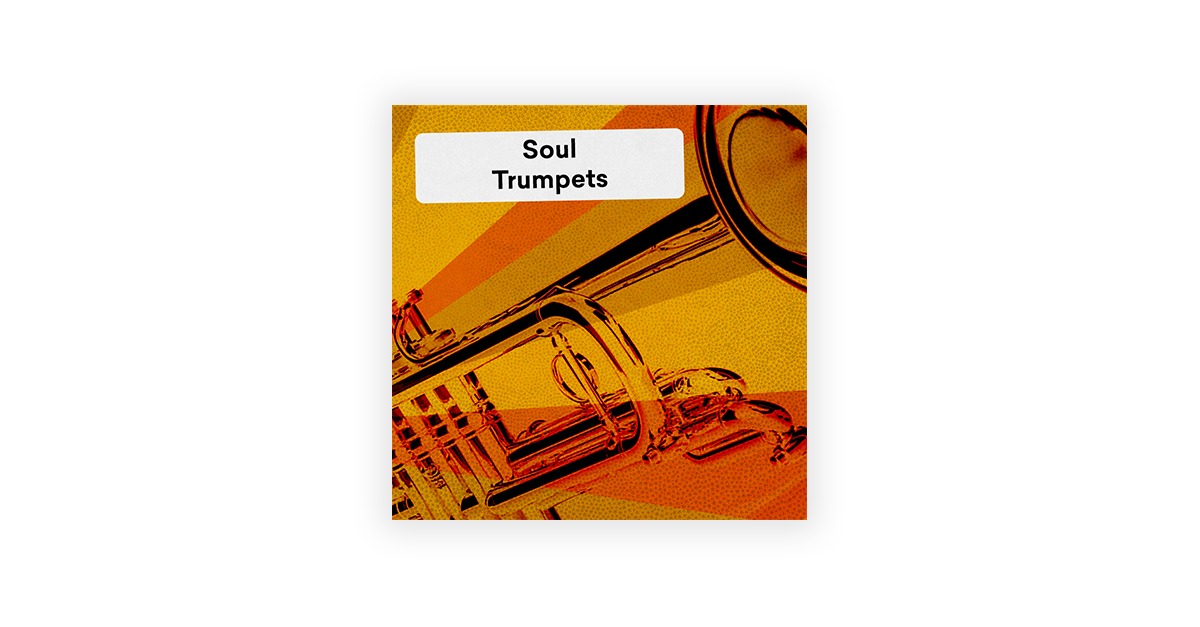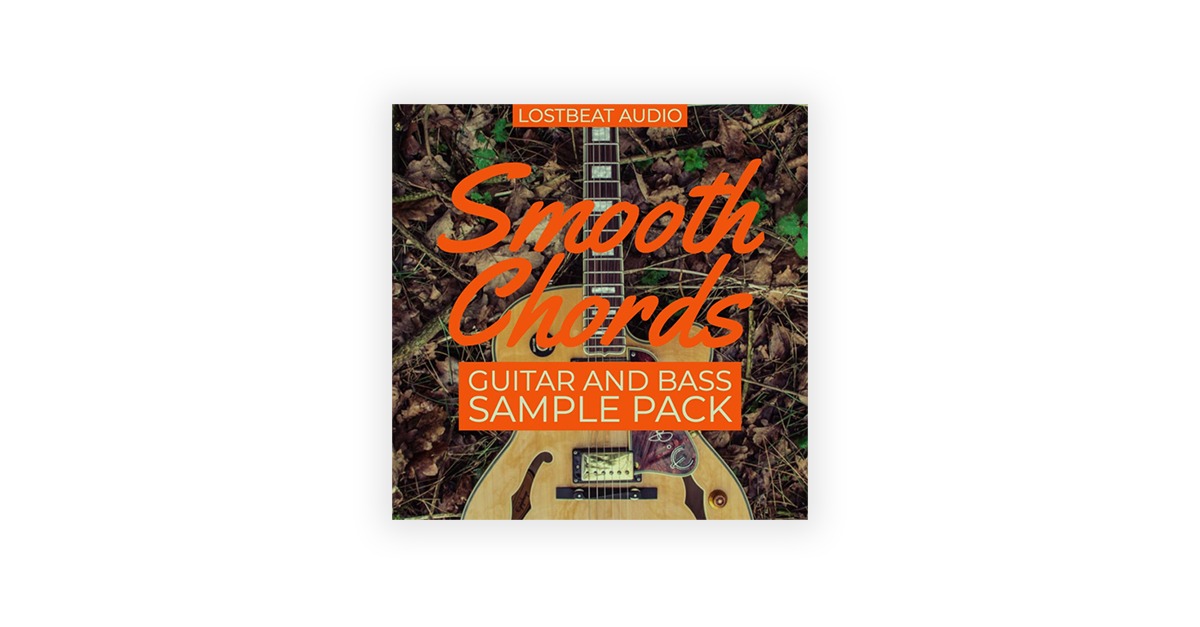Jazz is one of music’s most exciting and challenging genres. More than a century after it was developed in African-American communities like New Orleans, it continues to push boundaries.
Since jazz music can be complex, it’s an intimidating genre to explore for the first time. The good news is that many songs feature the same instrumentation. Knowing each instrument and its unique musical role will help you to better understand jazz.
Not only that, jazz instruments can add a unique mood and texture to any track—especially when sampled in genres like lo-fi hip-hop.
In this guide, we’ll go over the most common instruments heard in jazz, show examples of how they’re used and round up the best samples available.
This genre can be played on any instrument, but these are the ones you’re most likely to hear.
1. Piano
The piano is a regular fixture in many jazz songs. This versatile melodic instrument plays both chord progressions and melodies. The piano is sometimes featured as a solo instrument or supports combos and larger jazz ensembles.
When played with other instruments, the piano typically provides the chord structure for jazz songs. Influential jazz pianists include names like Thelonius Monk, Art Tatum, Bill Evans, and Chick Corea.
Soundtrack Jazz
2. Drums
In early jazz, the drummer’s role was simply to keep time. But as the genre developed, drumming evolved to become more experimental and interactive.
In early jazz, the drummer’s role was simply to keep time. But as the genre developed, drumming evolved to become more experimental and interactive.
The drums still keep time in jazz, but they’re instruments that make songs interesting in other ways like soloing and improvisation. Jazz drummers like Max Roach, Buddy Rich, and Gene Krupa helped break barriers in the genre.
Here’s a perfect sample pack to get the energy and vibe of jazz drumming into your DAW:
Jazz Drum Essentials
3. Upright Bass/Electric bass guitar
These instruments provide the low end harmonic frequencies in jazz songs. They often switch roles from outlining chord progressions to soloing.
Also found in orchestral music, the double bass is the original jazz bass instrument. But as the genre developed, the electric bass guitar has also stepped in to fill that role. Notable jazz bassists include Victor Wooten, Charles Mingus, and Paul Chambers.
Here’s upright bass legend Charles Mingus performing a solo:
The sound of a walking upright bass is everywhere in jazz. Here’s a pack of great upright bass samples you can download right now:
The sound of a walking upright bass is everywhere in jazz.
Upright Bass Vol. 2
4. Saxophone
Saxophones are expressive woodwind instruments that play melodies and supporting notes in jazz. They’re typically featured with combos, ensambles, and big bands.
The sax is a lead instrument that can switch roles from harmonically supporting other instruments to taking the center stage for solos. Charlie Parker, John Coltrane, and Stan Getz are a few of jazz’s most influential sax players.
Here’s a great pack full of groovy jazz saxophone samples:
Jazz Saxophone
5. Trumpet
The trumpet is a melodic brass instrument that backs up other instruments or plays solo. In early jazz, it was typically the loudest instrument, which made it the natural leader in ensembles. Trumpets are typically a part of ensembles, combos, and big bands in jazz.
The fast playing action of trumpets made them ideal instruments for bebop. As lead instruments, the trumpet performs supporting melodies and solos. Louis Armstrong, Miles Davis, and Dizzy Gillespie are considered to be some of the most influential jazz trumpet players of all time.
Soul Trumpets
6. Clarinet
The clarinet was a fixture in early jazz and swing. Pioneered by players like Benny Goodman and Artie Shaw, this melodic woodwind is used to support other instruments and play solos with single lines of melody.
Clarinets are typically found in ensembles, combos, and big bands. While this instrument isn’t found much in modern jazz, it had a massive impact on the development of the genre.
Here’s a lively sample pack that features some memorable clarinet loops in the classic jazz style:
Nu Jazz
7. Electric and acoustic guitar
The electric guitar is typically heard in modern jazz, while acoustic guitar is usually associated with the gypsy jazz genre of the mid 1930’s. Like the piano, guitars can play both chords and melodies, making it ideal for soloing and accompaniment.
Like the piano, guitars can play both chords and melodies, making it ideal for soloing and accompaniment.
These instruments are typically heard in jazz combos and ensembles or often on their own. In the 1960’s, the electric guitar became a major part of jazz fusion, which blended jazz with rock and funk. Charlie Christian, Django Reinhardt, and Pat Metheny are some of jazz’s most influential guitarists.
Here’s some smooth guitar riffs and progressions to give your tracks a a jazzy feel:
Smooth Chords
Instrumental jazz
Jazz may seem like an outdated genre, but it’s the basis of many conventions in modern music.
Luckily, you don’t need to be a pro musician to get the soulful sound of jazz in your tracks.
Now that you know the most common instruments found in jazz, try listening for them in the songs you hear.





